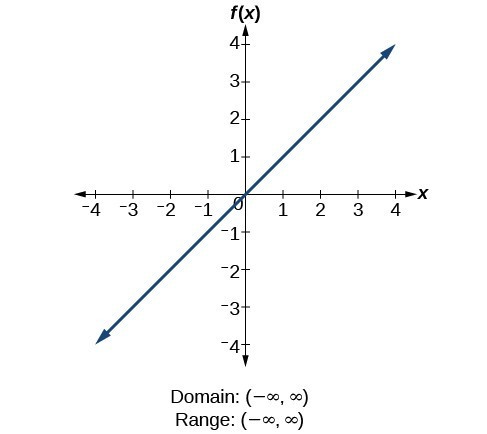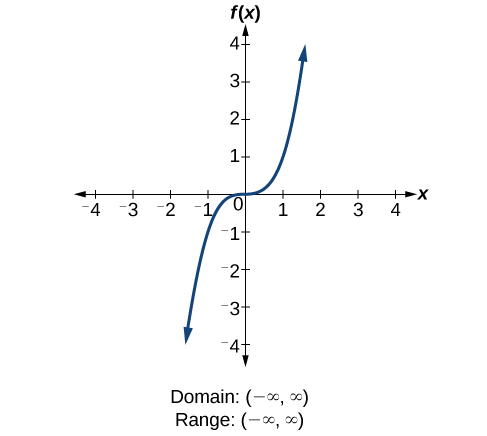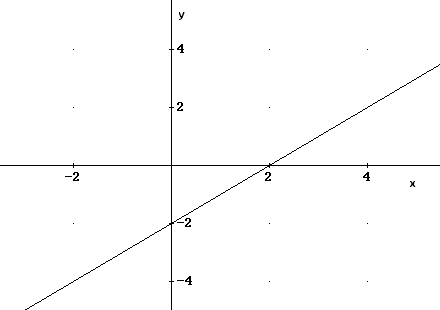How To Find Domain And Range Of A V Graph

Because the domain refers to the set of possible input values the domain of a graph consists of all the input values shown on the x axis the range is the set of possible output values which are shown on the y axis keep in mind that if the graph continues beyond the portion of the graph we can see the domain and.
How to find domain and range of a v graph. Because the domain refers to the set of possible input values the domain of a graph consists of all the input values shown on the latex x latex axis. Then since the vertex is the low point take the primary square root of 4 to get 2 so range is y 2. Substitute 1 into the quadratic to get 1 2 2 1 5 1 2 5 4.
Since no values of x are negative domain is all real numbers. The range is all the values of the graph from down to up. Learn how to determine the domain and range of a function given the graph of the function.
X x values or inputs of a function and the range is all. Y y values or outputs of a function. Since the domain of a function is the set of all x values we will.
Another way to identify the domain and range of functions is by using graphs. The range is the set of possible output values which are shown on the latex y latex axis. Another way to identify the domain and range of functions is by using graphs.
When looking at a graph the domain is all the values of the graph from left to right.
















